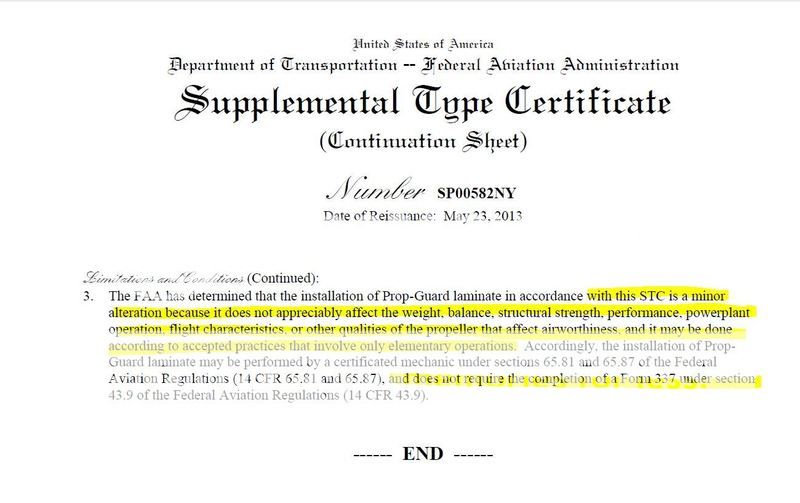Do you believe metallurgy changes when it goes on an airplane?

polishing isn't any more effective at preventing corrosion on aluminum than leaving it bare, and the process of continued polishing erodes the metal and exposes it to further oxidation/erosion. The only function to proto aluminum polishing has is to remove corrosive residues that would etch through the oxide layer. The only thing that is better on aluminum against corrosion than nothing, is anodizing.
Why they would recommend polishing aluminum components would not be based in corrosion alone.
Stainless components you polish due to corrosion. I can't recall seeing an aluminum heated leading edge, the one have seen have been a SS alloy, but I'm sure you're more familiar with heated leading edges than I am.







 polishing isn't any more effective at preventing corrosion on aluminum than leaving it bare, and the process of continued polishing erodes the metal and exposes it to further oxidation/erosion. The only function to protect aluminum polishing has is to remove corrosive residues that would etch through the oxide layer. The only thing that is better on aluminum against corrosion than nothing, is anodizing.
polishing isn't any more effective at preventing corrosion on aluminum than leaving it bare, and the process of continued polishing erodes the metal and exposes it to further oxidation/erosion. The only function to protect aluminum polishing has is to remove corrosive residues that would etch through the oxide layer. The only thing that is better on aluminum against corrosion than nothing, is anodizing. 